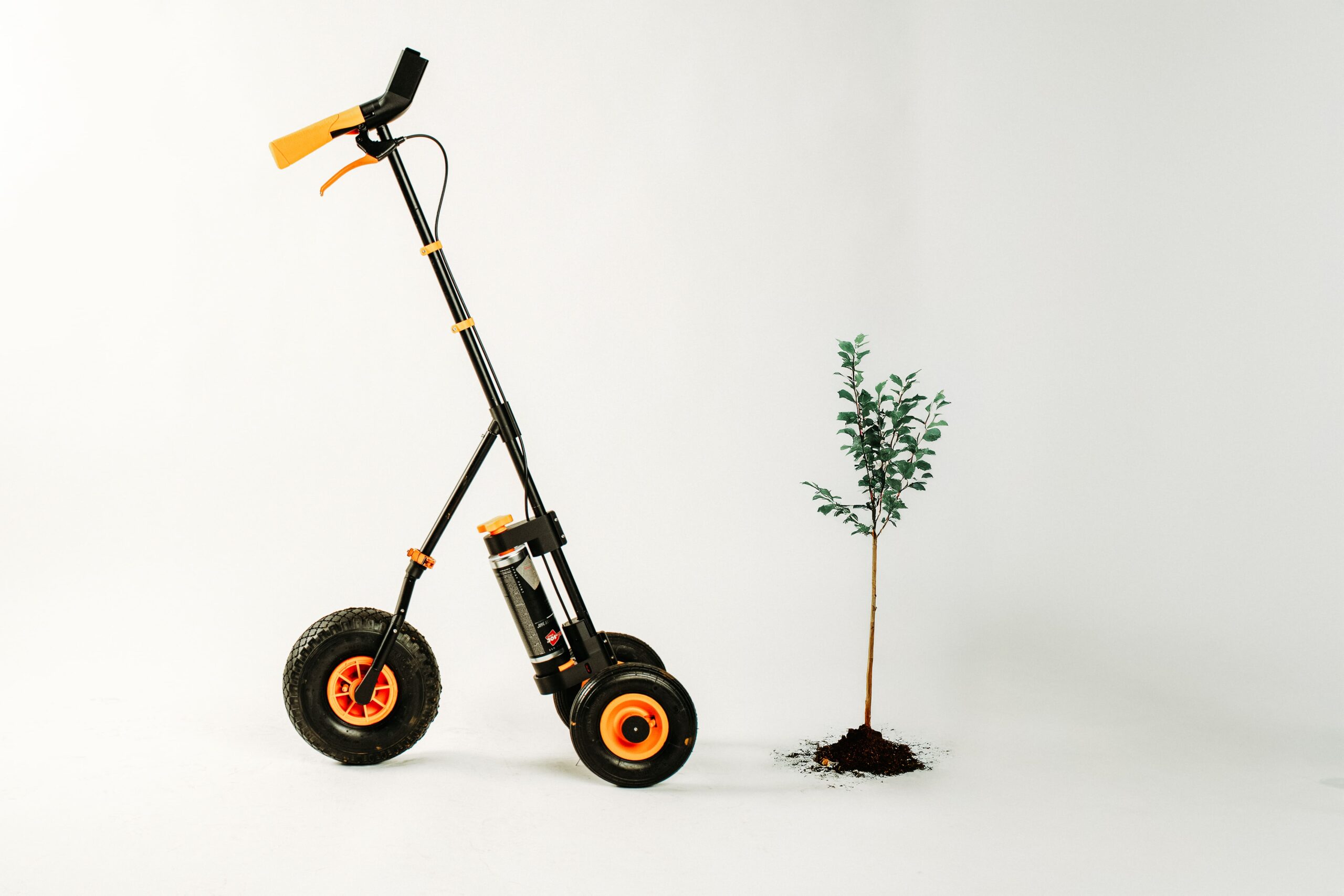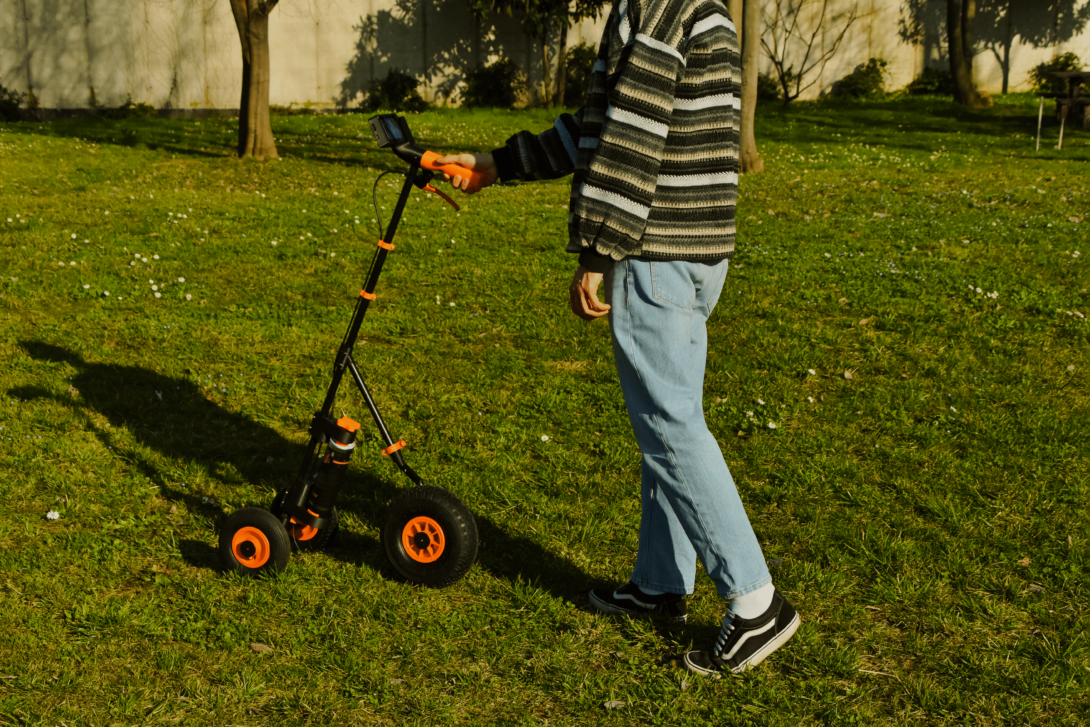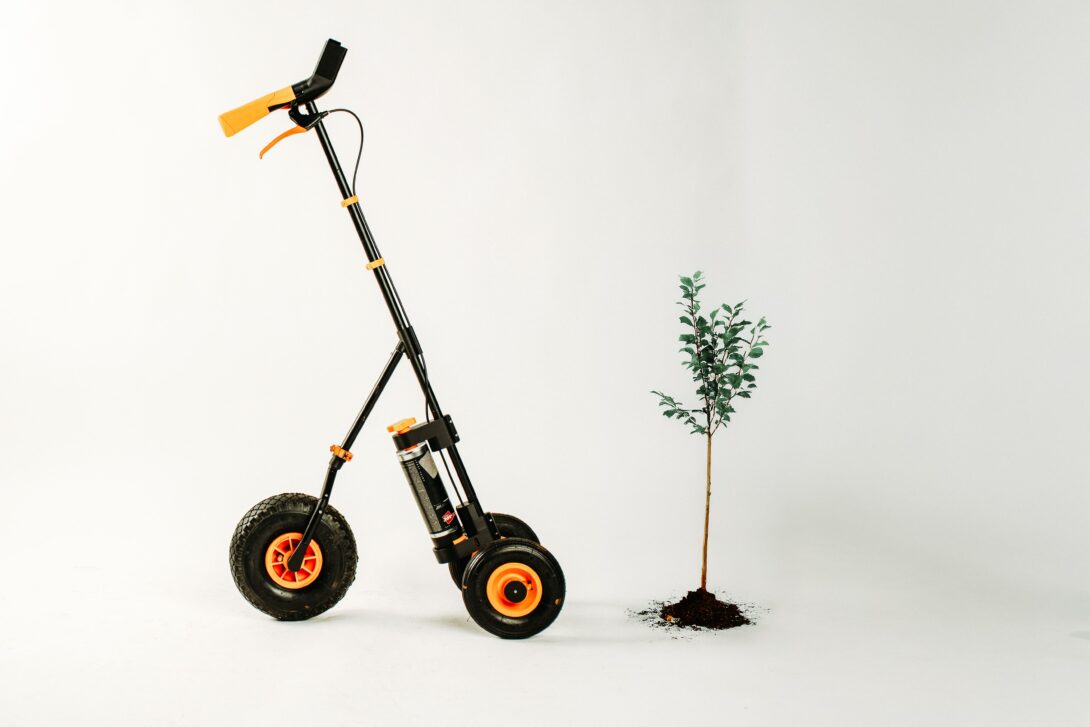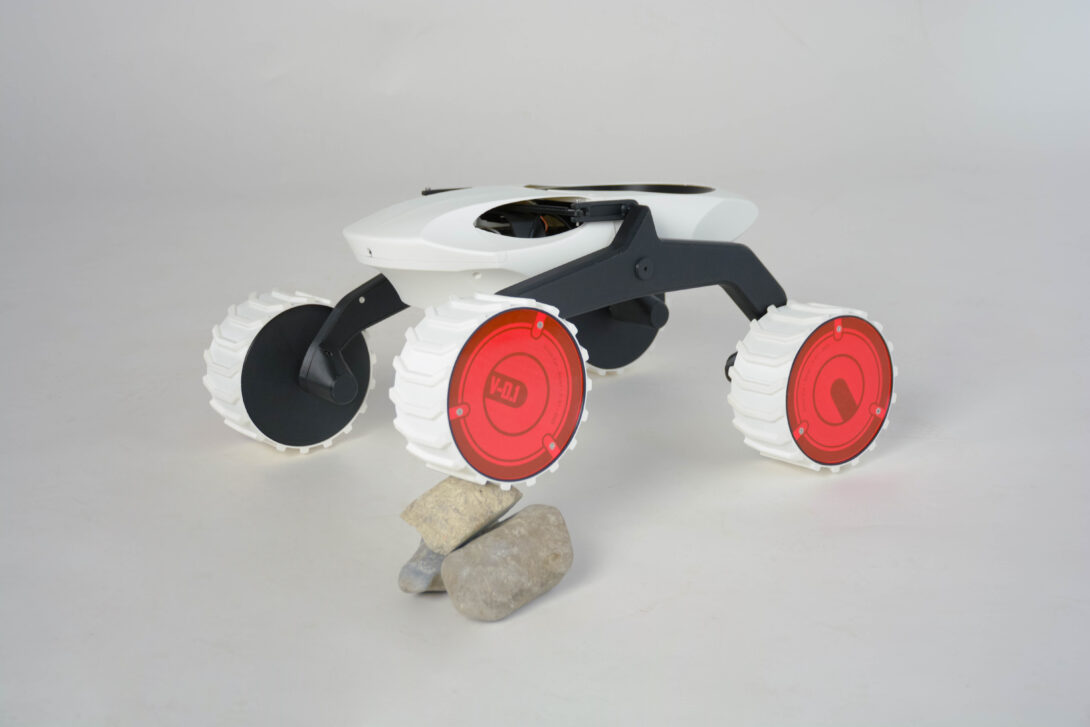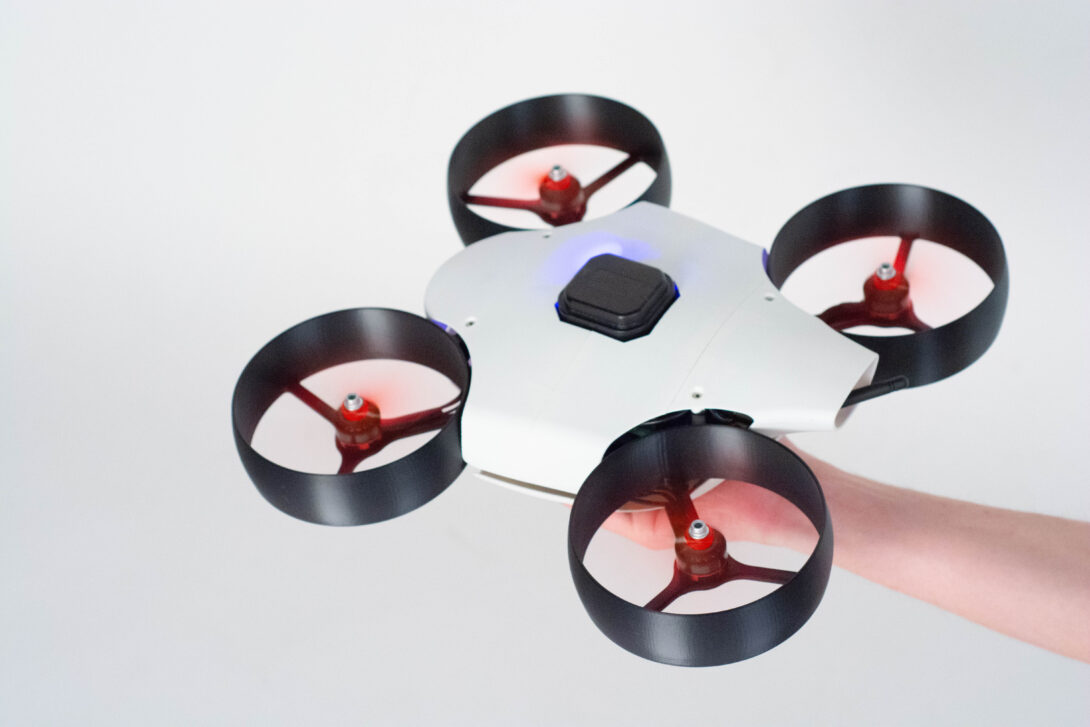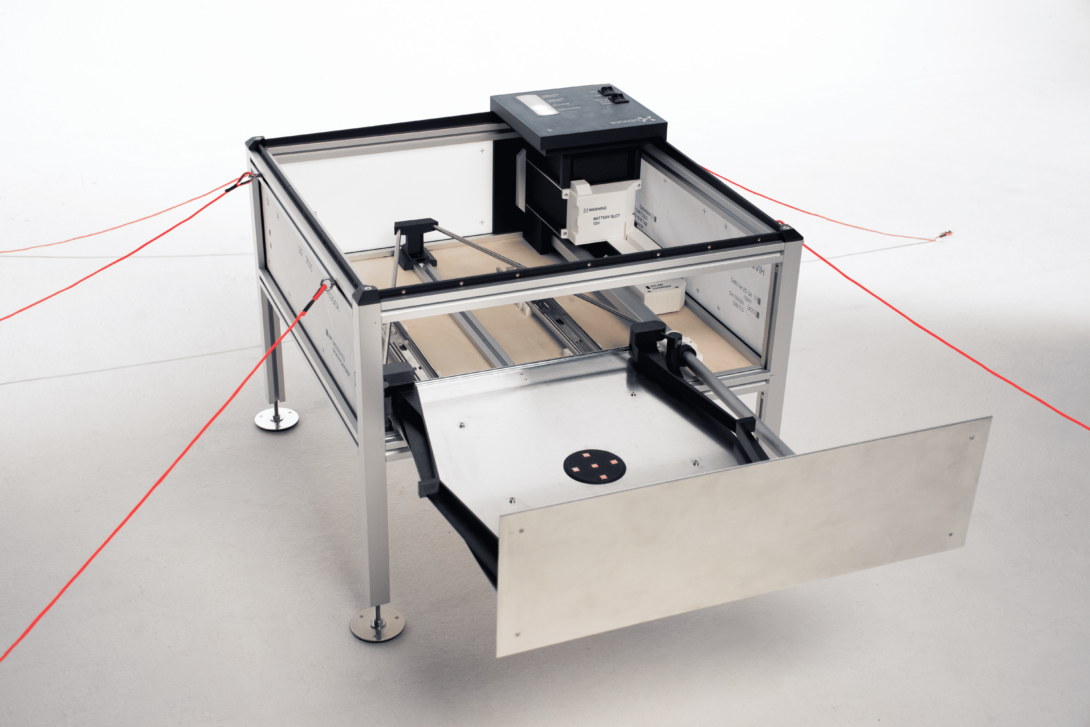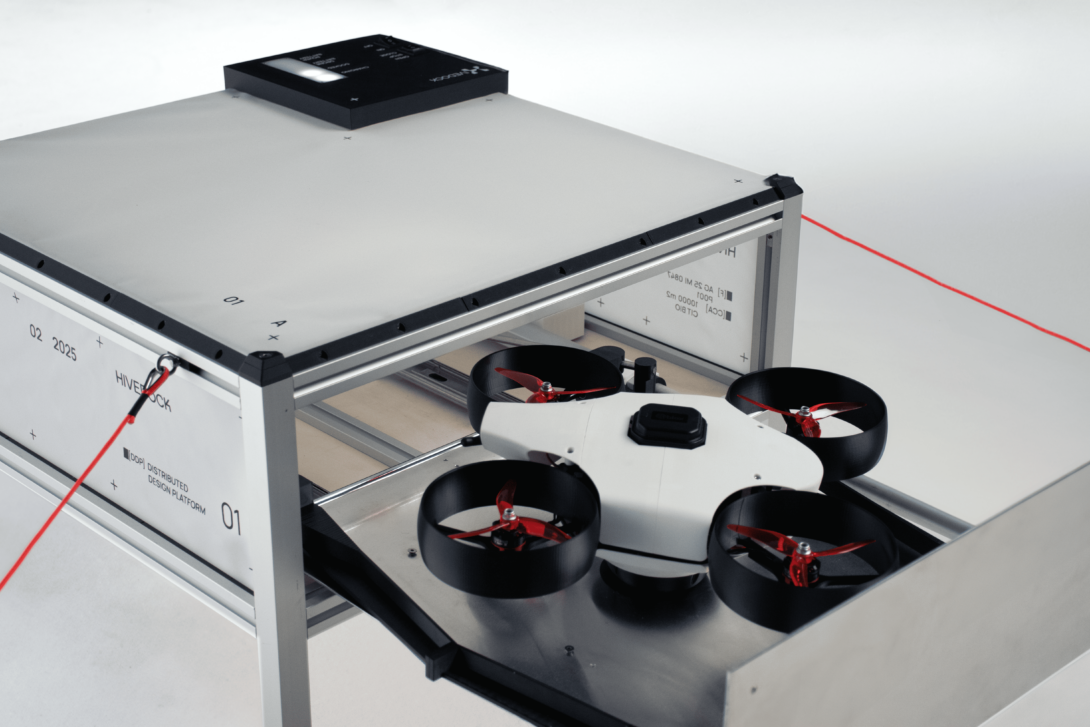#distributed design #biodiversity
Distributed Design for biodiversity: open Source solutions for urban and agricultural ecosystems
Distributed Design for Biodiversity is an experimental initiative that explores the role of Distributed Design in safeguarding and enhancing biodiversity in both natural and anthropized ecosystems. The initiative aims to design innovative open-source solutions to improve knowledge, study, and monitoring of agroecosystems such as pastures, orchards, and vineyards, as well as urban ecosystems like parks and metropolitan forests, generating valuable data to support biodiversity. Developed by Polifactory, the Fab Lab of Politecnico di Milano for the Distributed Design platform, the initiative is funded by the Creative Europe Program and supported by the New European Bauhaus.
Demetro is an open-source device for urban reforestation designed to simplify the tracking and monitoring of tree planting. Created by Marta Marino, Paola Novelli, Giorgio Pagani, Marco Peroni, Bianca Reale, and Riccardo Zerbi and developed with the technical-scientific support of Polifactory, Demetro is designed to support urban reforestation initiatives such as ForestaMi in Milan, by optimizing plant mapping and positioning operations. Conceived initially as a hacking exercise applied to an odometer, the project evolved into a tool that integrates mechanical components with a digital navigation system, replicable through open-source electronic boards. NFC tags and GPS technology enable species identification and planting verification, improving process accuracy. Additionally, it provides municipalities and associations with tools to monitor plant growth and update data over time. The project promotes synergies between FabLabs, local authorities, and volunteers, making reforestation more accessible and efficient. Demetro is a modular, intuitive system with low-cost, easily reproducible components.
Greeneye is an open-source, modular system consisting of a drone and a rover, designed for advanced analysis of agroecosystems such as fields, orchards, vineyards, and pastures. The drone performs aerial surveys, taking photographs to assess plant health, while the rover acts as a mobile charging base and supports additional sensors for ground monitoring. Created through the collaboration of Tommaso Odorizzi, Matteo Leonardi, Yusuf Emre Duran, Giorgia Forloni, and Pietro Vanzella, Greeneye is designed to be manufactured in makerspaces using readily available electronic components, promoting the spread of advanced precision agriculture solutions at low costs. The system collects critical data to optimize agricultural resources, improve productivity, and reduce environmental impact, offering an affordable and configurable tool for farmers, researchers, and local communities. By combining drone and rover technologies, Greeneye provides a flexible application adaptable to any agricultural environment’s specific needs, enabling aerial and ground monitoring.
Connected and complementary to the Greeneye project is HiveDock, a modular system designed to charge and protect unmanned vehicles (UV) in agriculture. Created by Matteo Mojoli and developed with Giorgio Sbaraini, Lorenzo Silvestri, Valentino Stella, and Francesca Zeccara with Polifactory, HiveDock is an advanced charging station that allows both ground and aerial UVs to operate autonomously, addressing the challenges of modern agriculture. The system offers a high degree of customization and flexibility, designed to meet the needs of farms and consortia by automating operational cycles, optimizing resources, increasing agricultural yields, and mapping local biodiversity. The charging stations are designed according to two key principles: modularity and distributed production, making them adaptable to fragmented and diverse agricultural contexts. Functionally, the station plays three leading roles: protecting the drone, providing operational support, and integrating with other platforms. The internal compartment ensures shelter and autonomous charging, managing charging cycles at all stages. Additionally, the stations can be equipped with secondary systems for data collection, weather condition monitoring, operational precision improvement, and other advanced functions.
